Abstract: Most Dallas Semiconductor real-time clocks (RTCs) include a supply input for a backup power source. This alternate supply source allows the RTC to maintain the current time and date while the main power source is absent. This application note discusses the various types of alternate supplies that can be used, as well as some of the criteria a designer should consider when selecting a backup source.
The following table lists the common supply technologies used for backup power. The table lists key parameters that affect selection. The paragraphs following the table discuss each technology and their advantages and drawbacks.
Table 1. Common Backup Supply Sources and Key Selection Criteria
Lithium primary cells are usually sized to power the RTC for the expected life of the product. To calculate cell life based upon the current draw of the RTC, divide the cell capacity in ampere-hours by the timekeeping current draw of the RTC. For example, the timekeeping current of the DS1307 RTC (with the square-wave output off) is specified as 500nA maximum. A BR1225 lithium primary cell is rated at 48mAh. Therefore, (0.048 / 500e) - 9 = 96,000 hours, or 4,000 days (almost 11 years). For additional information regarding calculating cell life, please refer to application note 505, Lithium Coin-Cell Batteries: Predicting an Application Lifetime.
The following is a list of links to some lithium coin-cell manufacturer web sites:
Panasonic: OEM Batteries
Sany Industrial Batteries
Rayvac: Specifications and Product Guides
Rayvac: Technical/OEM News
For additional information about capacitors for backup and how to calculate the backup time for a given capacitor size, please refer to application note 3517, Estimating Super Capacitor Backup Time on Trickle-Charger Real-Time Clocks. To determine backup time, please refer to the online Super Capacitor Calculator (For Trickle Charger RTCs).
The following is a list of links to some capacitor manufacturer web sites:
Panasonic: Gold Capacitors
NEC TOKIN: Super Capacitors
Kanthal Global: Capacitors
Cooper Electronic Technologies: Supercapacitors
The following is a list of links to some rechargeable battery manufacturer web sites:
Panasonic: OEM Batteries
Sany Industrial Batteries
One issue with secondary cells is the number of charge/discharge cycles that they can withstand during the normal service life. For ML cells, the number of charging cycles is directly related to the depth of discharge as detailed in application note 3779, Calculating ML Cell Life for an RTC Backup Operation. An on-line Manganese Lithium Rechargeable Cell Lifetime Calculator (For Constant-Voltage Trickle Charger RTCs) is available for determining ML cell lifetime.
The following is a list of links to some rechargeable lithium ML coin cell manufacturer web sites:
Panasonic: OEM Batteries
Sany Industrial Batteries
Introduction
The first Dallas Semiconductor RTCs were designed so that a backup source, such as a primary (nonrechargeable) lithium coin cell, could be used as the backup supply. Since then, Dallas has introduced additional RTCs with built-in trickle chargers. Changes that affect system requirements since the first RTCs were introduced include the shift to IR reflow in manufacturing and restrictions on transportation and disposal of lithium cells. The following paragraphs discuss backup techniques and the advantages and limitations of commonly used backup supply sources.Backup Supply Operation
Early Dallas Semiconductor RTCs had a relatively simple voltage-comparator circuit to monitor VCC and switch between the VCC and VBAT supplies. The DS1307, for example, uses a comparator and a voltage divider to switch to VBAT when VCC drops below approximately 1.25 times the voltage on VBAT. Other RTCs, such as the DS1305/DS1306, switch when VCC drops below the VBAT input voltage. When using these devices, care must be taken to ensure that the voltage on VBAT never rises high enough to cause the device to inadvertently switch over to VBAT while VCC is at the normal operating voltage. An external charging circuit must limit the maximum charging voltage to prevent such an occurrence. Newer Dallas RTCs, which are designed to allow operation whether VCC is above or below the voltage on VBAT, use an internal bandgap voltage reference to determine when VCC is too low for normal operation.The following table lists the common supply technologies used for backup power. The table lists key parameters that affect selection. The paragraphs following the table discuss each technology and their advantages and drawbacks.
Table 1. Common Backup Supply Sources and Key Selection Criteria
| Technology | Operating Temperature (°C) | PC Board Attachment | Self-Discharge Rate | Disposal/Transportation Restrictions | Charging Circuit/Cycles | Backup Time |
| Primary Lithium | -30 to +80 | Wave solder¹ | Low | High | N/A | Long |
| Capacitor | -40 to +85 | SMT | High | Low | Simple/unlimited | Short |
| Rechargeable (NiCd/NiMh) | 0 to +40² | Hand solder³ | Medium | Medium | Simple/≈500 | Short |
| Reflowable ML | -20 to +60 | SMT | Low | High | Voltage 12 - > 1000 | Medium4 |
- Primary lithium cells may be wave soldered as long as the cell temperature does not exceed +85°C. Cells may be placed in a holder or hand soldered after reflow (tabbed cells).
- Ambient temperature during charging. The allowed ambient temperature during discharge may be higher.
- Batteries may be placed in a holder or hand soldered after reflow (tabbed batteries).
- Total backup time is dependent upon the depth of discharge between each charging cycle.
Lithium Primary (BR and CR) Cells
Primary lithium coin cells are commonly used for RTC and memory backup. Lithium cells have a high energy density, thus taking up a small amount of room on a PC board. Lithium cells cannot withstand IR reflow, so the cell must either be soldered on after reflow or inserted in a holder, thus increasing cost. Self-discharge near room temperature and below is typically less than 1% per year. At temperatures above about +60°C, self-discharge quickly increases. Recent regulations limit the transportation of lithium primary cells aboard passenger aircraft. Other regulations govern disposal of the cells at end of life, in some cases placing the burden on the manufacturer.Lithium primary cells are usually sized to power the RTC for the expected life of the product. To calculate cell life based upon the current draw of the RTC, divide the cell capacity in ampere-hours by the timekeeping current draw of the RTC. For example, the timekeeping current of the DS1307 RTC (with the square-wave output off) is specified as 500nA maximum. A BR1225 lithium primary cell is rated at 48mAh. Therefore, (0.048 / 500e) - 9 = 96,000 hours, or 4,000 days (almost 11 years). For additional information regarding calculating cell life, please refer to application note 505, Lithium Coin-Cell Batteries: Predicting an Application Lifetime.
The following is a list of links to some lithium coin-cell manufacturer web sites:
Panasonic: OEM Batteries
Sany Industrial Batteries
Rayvac: Specifications and Product Guides
Rayvac: Technical/OEM News
Capacitors
Large low-leakage capacitors, sometimes called supercaps, are sometimes used for backup. The advantages of a capacitor over primary lithium cells include the ability to IR reflow the capacitor and fewer regulations concerning shipment and disposal. However, capacitors require a charging circuit, and provide backup operation for a relatively short time. Capacity may decrease with use, especially at higher operating temperatures.For additional information about capacitors for backup and how to calculate the backup time for a given capacitor size, please refer to application note 3517, Estimating Super Capacitor Backup Time on Trickle-Charger Real-Time Clocks. To determine backup time, please refer to the online Super Capacitor Calculator (For Trickle Charger RTCs).
The following is a list of links to some capacitor manufacturer web sites:
Panasonic: Gold Capacitors
NEC TOKIN: Super Capacitors
Kanthal Global: Capacitors
Cooper Electronic Technologies: Supercapacitors
NiMH and NiCd Batteries
Rechargeable NiMH and NiCd batteries have a relatively high self-discharge rate of about 10% per month for NiCd and 20% per month for NiMH at room temperature. The typical operating temperature range (charging) is approximately 0°C to +40°C. NiMH and NiCd batteries must be hand-soldered or placed in a battery holder after the PC board has gone through reflow. The batteries may be charged using a relatively simple current-limited charging circuit. Overcharging may reduce the life of the battery. Disposal at end of life may be regulated in some regions. NiMH and NiCd battery life is limited by the number of charge/discharge cycles.The following is a list of links to some rechargeable battery manufacturer web sites:
Panasonic: OEM Batteries
Sany Industrial Batteries
Lithium Secondary (ML) Cells
ML cells require a regulated-voltage-charging source. The maximum voltage must be closely regulated or permanent damage will occur, while too low a voltage results in incomplete charging. ML cells are subject to the same transportation and disposal regulations as lithium primary cells. The DS12R885/DS12R887 RTCs include a charger with the required voltage and current limits on-chip. The DS12R887 RTC integrates the ML cell in a BGA package.One issue with secondary cells is the number of charge/discharge cycles that they can withstand during the normal service life. For ML cells, the number of charging cycles is directly related to the depth of discharge as detailed in application note 3779, Calculating ML Cell Life for an RTC Backup Operation. An on-line Manganese Lithium Rechargeable Cell Lifetime Calculator (For Constant-Voltage Trickle Charger RTCs) is available for determining ML cell lifetime.
The following is a list of links to some rechargeable lithium ML coin cell manufacturer web sites:
Panasonic: OEM Batteries
Sany Industrial Batteries
 电子发烧友App
电子发烧友App









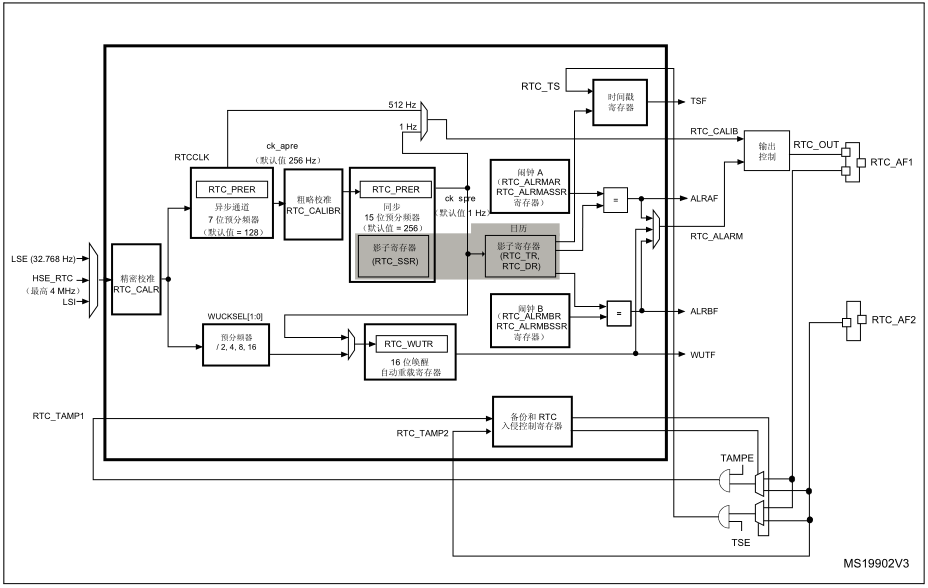
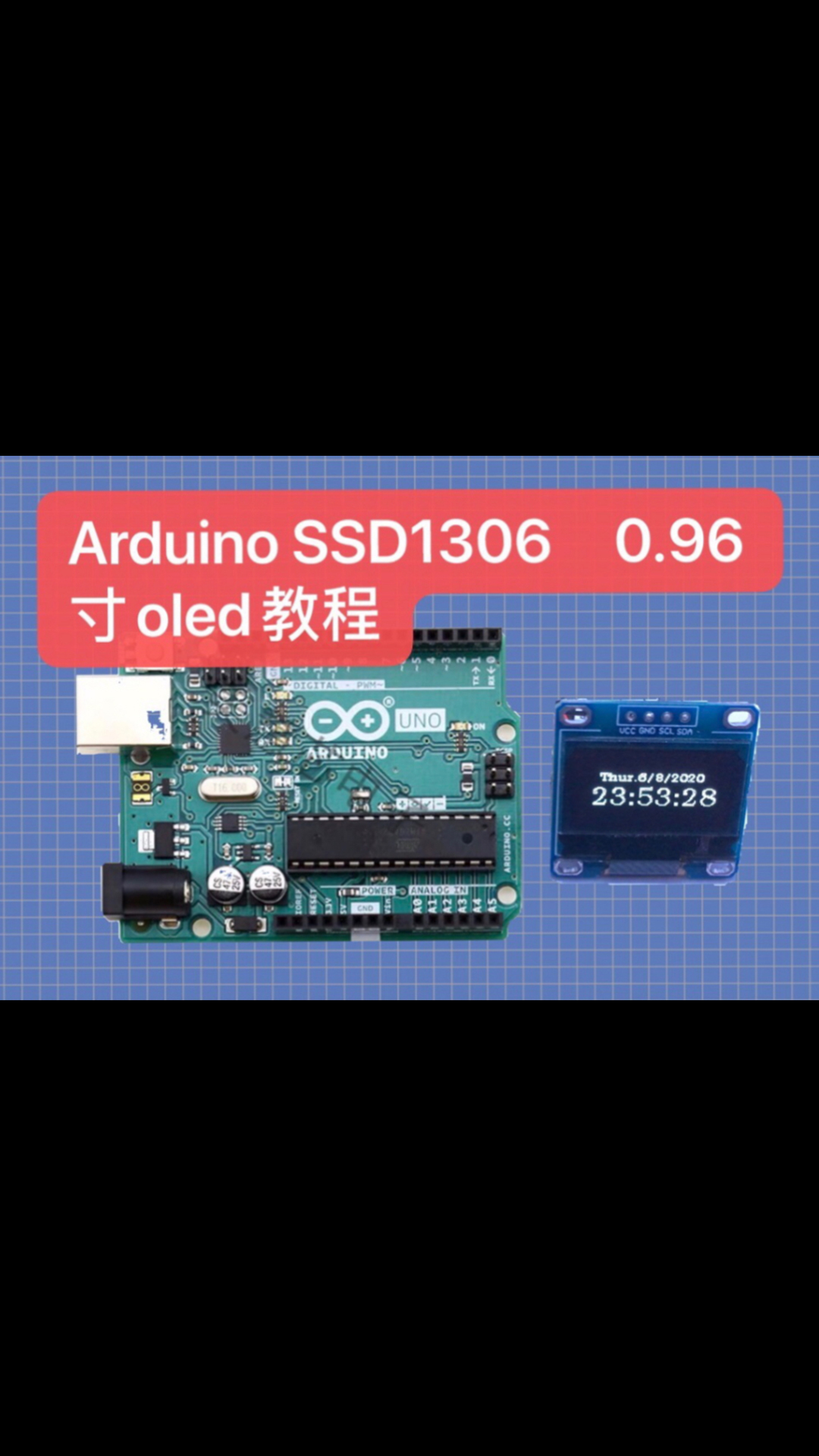

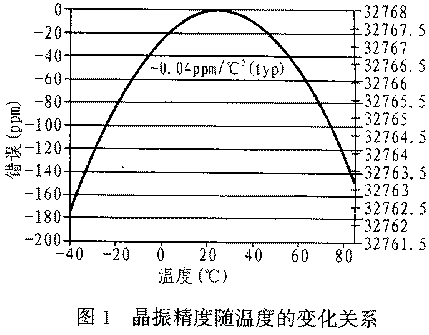


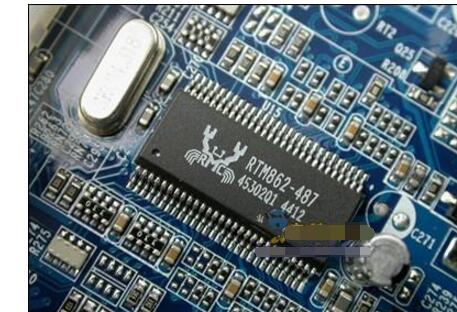
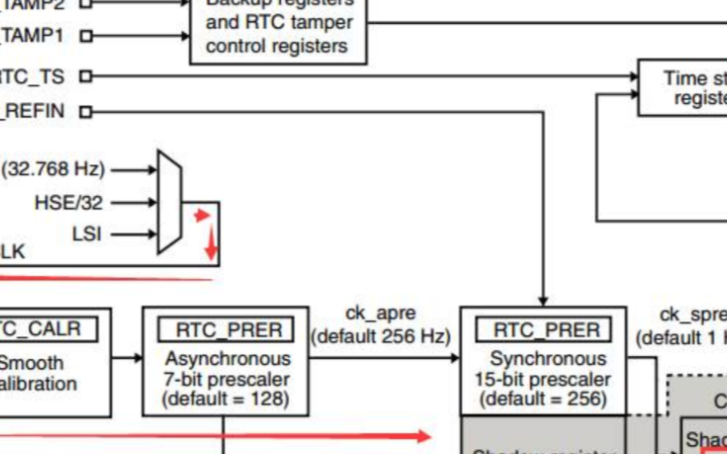
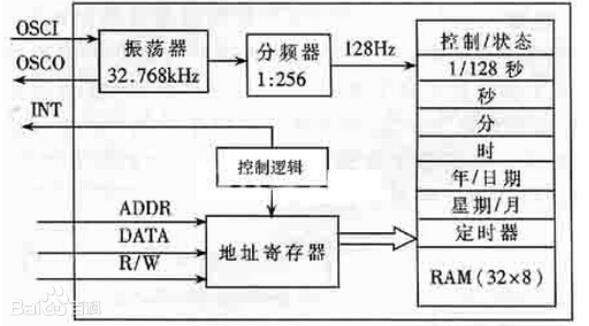


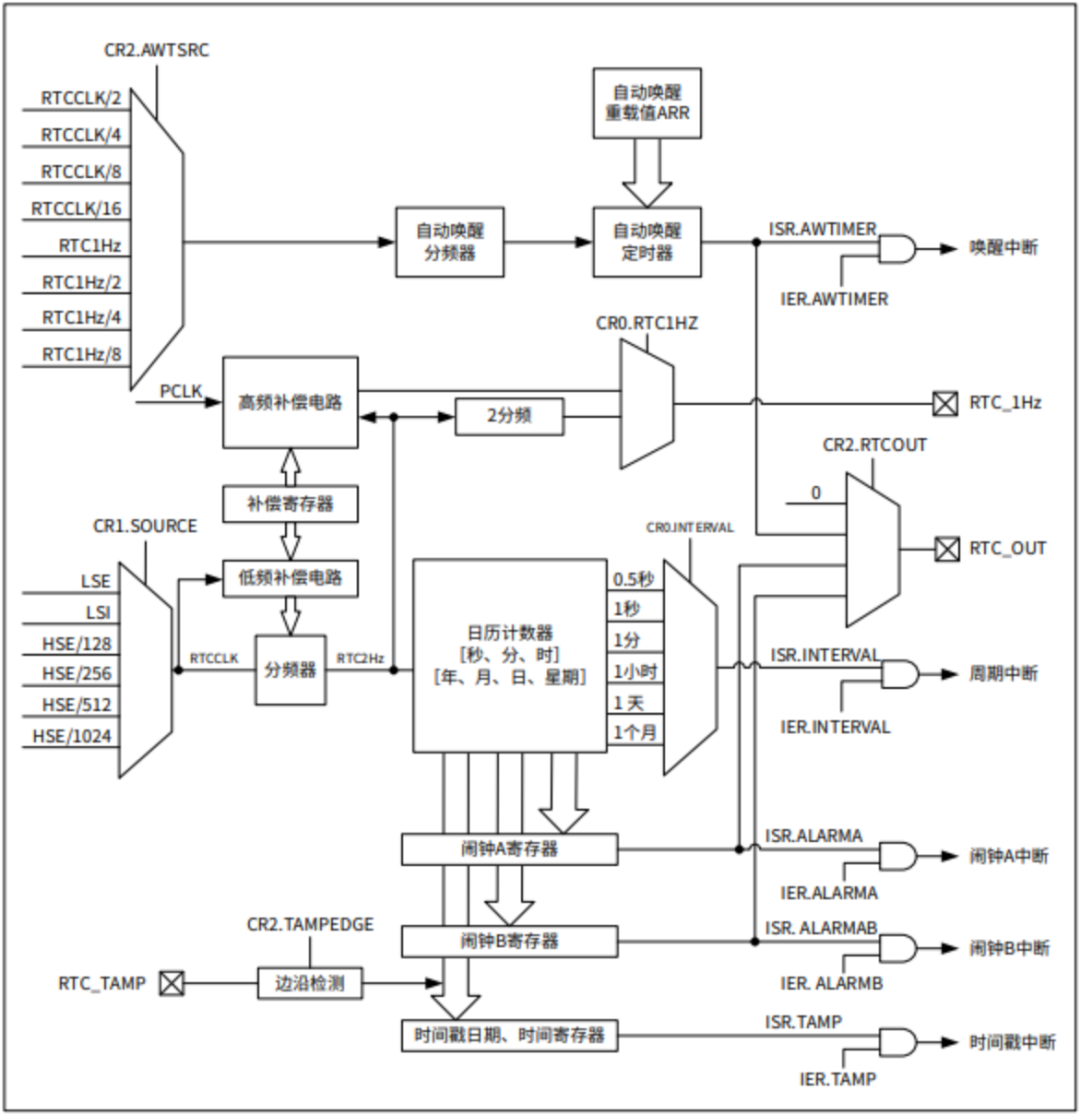
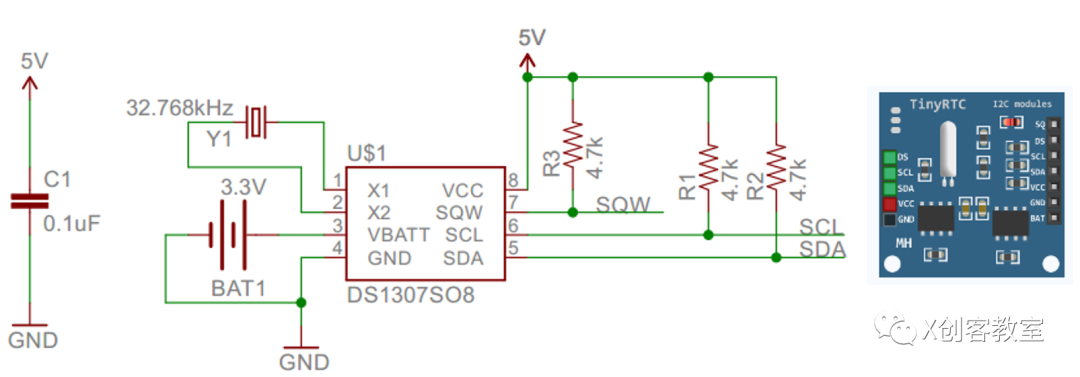










评论